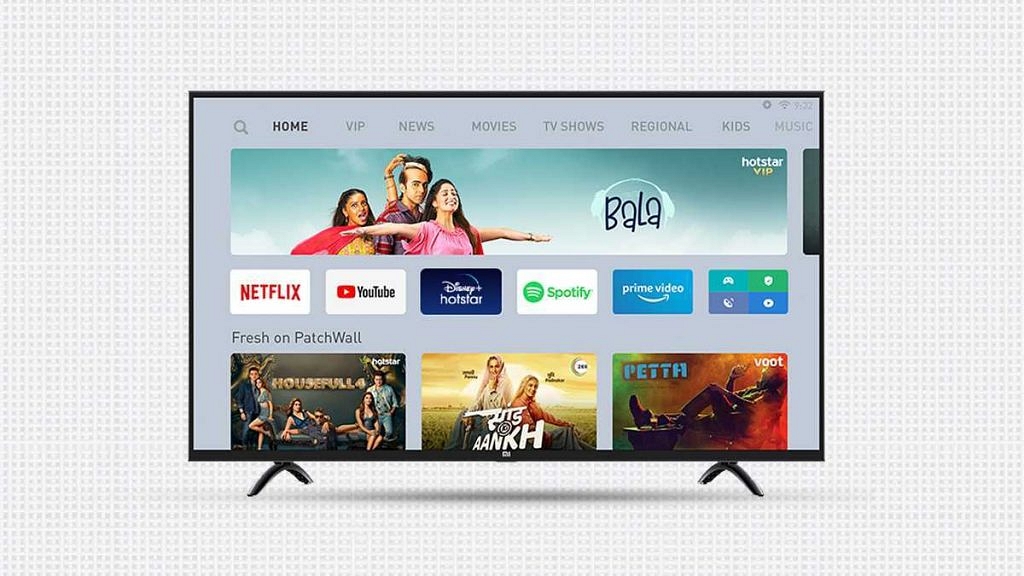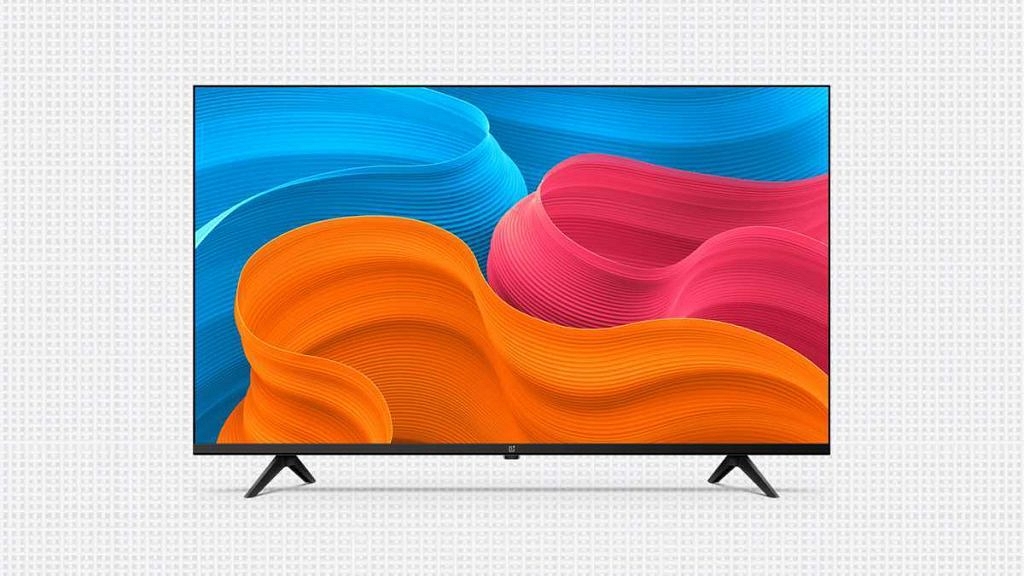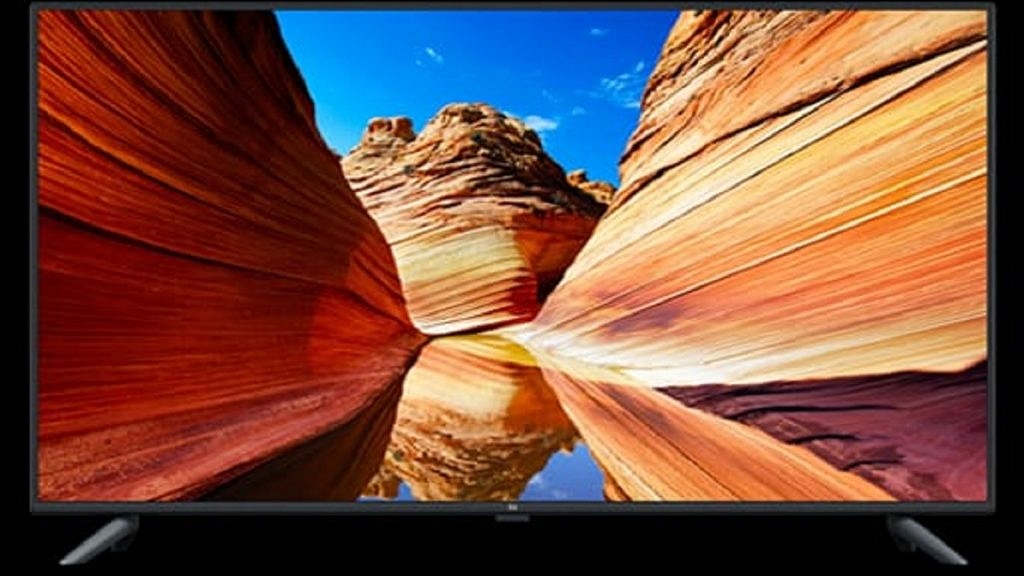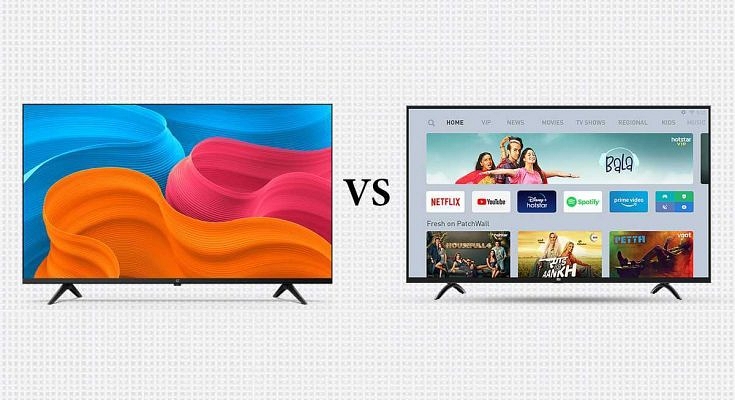Key Highlights
- OnePlus and Xiaomi are the prime rivals in the budget smart TV market
- The OnePlus TV Y1s Pro 43-inch model is one good option under Rs. 30,000 in India
- The MI TV 4X 43-inch model is another best smart TV under Rs. 30,000
- Display resolution is 2160 x 3840 pixels on both smart TVs
- OnePlus TV Y1s Pro offers a louder 24W audio output compared to 20W audio offered by Xiaomi MI TV 4X
OnePlus and Xiaomi are among the strongest rivals in the consumer electronics market. Both these brands initially strengthened their portfolios with smartphones and then with other consumer gadgets such as smart wearables and smart TVs. Both OnePlus and Xiaomi are the preferred choices for budget consumers demanding premium-range TVs at cheaper rates. The OnePlus TV Y1s Pro and the Xiaomi MI TV 4X series are amongst the two most-sold smart TVs in the country. Which of the two smart TVs offers a value-for-money deal? Let’s find out in this quick comparison article:
Quick Specification Comparison
| Model | OnePlus TV Y1s Pro | Xiaomi MI TV 4X |
| Display | 43-inch 4K HDR | 43-inch UHD 4K |
| Audio | 24W (dual channel speakers) | 20W (dual channel speakers) |
| Android TV | Yes | Yes |
| Configuration | 2GB+ 8GB | 2GB+ 8GB |
| OS | PatchWall OS | Oxygen Play UI |
| Wi-Fi+ Bluetooth | Available | Available |
OnePlus TV Y1s Pro Vs Xiaomi MI TV 4X: Design And Display

The OnePlus TV Y1s Pro is a modern-looking smart TV with 95.7cm x 8.6cm x 56.4 cm dimensions (without stand) and 95.7cm x 21cm x 61.2cm (with stand). It weighs around 5.9kg and 6kg without and with stand respectively. Whereas, the Xiaomi Mi TV 4x ships with 97cm x 56.9 x 61.3cm dimensions. Without the stand, the Xiaomi Mi TV 4x weighs around 7.07kgs, while with the stand it weighs around 7.13kgs. The lower weigh profile is an added benefit of the OnePlus TV Y1s Pro’s design compared to the Xiaomi MI TV 4X.
Moving on to the display, we are comparing the 43-inch variant of the OnePlus TV Y1s Pro and the Xiaomi MI TV 4X. The OnePlus TV Y1s Pro’s display delivers a screen resolution of 3840 x 2160. This 4K HDR TV also has HDR10+, HDR10, and HLG compatibility for an enhanced visual with all types of content. This OnePlus smart TV can also deliver a premium experience with streaming platforms such as Netflix, Amazon Prime Videos, Disney+ Hotstar, and others.
The Xiaomi MI TV 4X also packs a capable 4K HDR display measuring 43-inches. You can also choose different screen sizes depending on your requirements. This TV’s display offers the same 2160 x 3840 pixels screen resolution as the OnePlus TV Y1s Pro along with a 60Hz refresh rate. However, this Xiaomi smart TV comes void of HDR format support. You still can binge-watch your favorite shows via Netflix and other OTT platforms that are compatible with the PatchWall OS.
Also Read: OnePlus TV Display Issues? How To Fix OnePlus Smart TV Display Errors Easily
OnePlus TV Y1s Pro Vs Xiaomi MI TV 4X 43-inch: Operating System, Features

The OnePlus TV Y1s Pro smart TV is powered by a Gamma Engine and has MEMC technology for improved picture quality. This OnePlus 43-inch smart TV features Oxygen Play UI and has Android TV 10 firmware using which you can download multiple supported third-party applications. This TV also features digital voice assistant support and is compatible with Alexa and Google Assistant. This TV has 2GB RAM and 8GB storage configuration.
On the other hand, the Xiaomi MI TV 4X runs on a 64-bit quad-core Amlogic A53 processor. It is also based on Android TV platform like the OnePlus TV Y1s Pro and has the PatchWall OS UI which is used by all Xiaomi smart TVs. The configuration of this Xiaomi TV is the same as the OnePlus model, i.e., 2GB RAM and 8GB storage. The screencast feature is also available with this TV. Also, a bunch of third-party apps is pre-installed, but you can download additional apps using Play Store.
Also Read: Xiaomi Mi TV 5X 43-inch UHD Smart LED TV Vs Nokia 43TAUHDN 43-inch UHD Vs Sony Bravia 43-inch Full HD Smart TV: Which One To Consider?
OnePlus TV Y1s Pro Vs Xiaomi MI TV 4X: Audio, Connectivity Ports

The audio delivery on the OnePlus TV Y1s Pro is handled by a dual speaker system. The maximum audio output produced by this two-channel speaker system on the OnePlus TV is 24W. There is an additional Dolby Audio support that improves the overall audio quality.
Speaking of the connectivity ports, the OnePlus TV Y1s Pro features one ethernet (RJ45), three HDMI 2.1 ports, one AV port, two USB 2.0 ports, and one Digital Audio output port.
Xiaomi has also used a dual speaker module on the MI TV 4X for audio. The speakers churn out a total of 20W output which is lower compared to the OnePlus TV. This TV also has Dolby Audio, DTS audio technologies for a rich listening experience with any TV show or movie.
If we speak of the available ports, the Xiaomi MI TV 4X offers two USB 2.0 ports, three HDMI ports, one AV port, one RF, one S/PDIF port, and a 3.5mm headphone jack. Both OnePlus TV Y1s Pro and the Xiaomi MI TV 4X support Wi-Fi and Bluetooth wireless networks as well.
Also Read: Best Smart TVs To Buy On EMI And Zero Down Payment: Samsung, OnePlus, And More
OnePlus TV Y1s Pro Vs Xiaomi MI TV 4X: Which Beats The Competition?
Feature and performance-wise, the Xiaomi MI TV 4X gives the OnePlus TV Y1s Pro tough competition. Both the 4K HDR TVs have a high-screen resolution that brings out the best output with video playback. However, the OnePlus TV Y1s Pro has a bunch of elements such as added HDR 10 compatibility and louder audio output that make it slightly better compared to the Xiaomi MI TV 4X.
